The VR Advantage
Virtual Reality App Development For Businesses
Virtual Reality (VR) app development is creating software applications that utilize VR technology to create immersive, three-dimensional digital environments for users to interact. VR apps typically require a VR headset or other specialized equipment, such as hand controllers or body tracking sensors. VR applications create a realistic and engaging experience that enables users to feel as if they are physically present within the virtual environment.
- Unique and immersive gaming and entertainment experiences
- Personalized experiences tailored to their interests and preferences.
- Virtual field trips, property tours, medical simulations, or safety training scenarios
- Virtual workspaces or training environments that mimic real-life scenarios.

Key Differences
Virtual Reality vs. Augmented Reality
VR
- Creates a completely digital environment
- Requires a headset for full immersion
- Mainly used for gaming and simulations
- User is completely immersed in a simulated world
- Overlays digital objects onto the real world
- Can be experienced through smartphones or tablet
- AR has a wide range of applications
- Users can see and feel the real world
VR Business Applications
Virtual Reality Applications are Evolving the Business Landscape
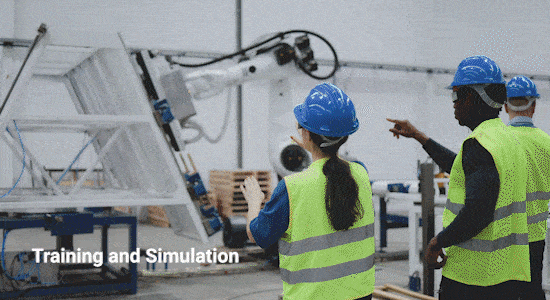
Virtual reality can be used to simulate real-life scenarios for training purposes in various industries such as aviation, military, and healthcare.
VR provides a real-time experience for businesses to showcase their products, services, and brands in a unique and engaging way.
VR facilitates seamless remote collaboration and communication among team members, clients, and partners, regardless of their physical location.
VR therapy provides a safe and controlled environment for pain management, physical therapy, and cognitive therapy to face their fears and anxieties.
Virtual reality is used in the entertainment industry to deliver immersive experiences for users, such as gaming, concerts, and other events.
Virtual reality can be used to create and test product designs in a virtual environment before building physical prototypes.
Have A Requirement Or An Idea To Discuss?
Fingent’s VR Capabilities
Impact of Virtual Reality in Different Industries
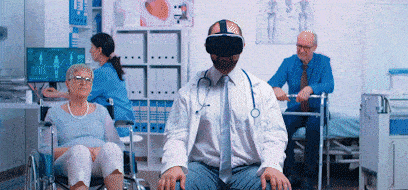
Medical Simulation
VR enables healthcare professionals to engage in simulated medical procedures in a realistic and immersive environment. It is a safe, effective, and cost-efficient way to improve patient outcomes.
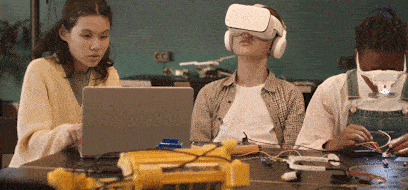
Language Learning
VR language learning is personalized to the needs of individual learners. It provides cultural immersion experiences, engages multiple senses, and offers real-time feedback to promote quick proficiency with greater retention.
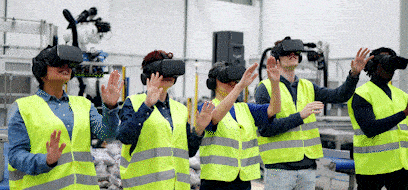
Hazard Combat Training
VR creates an immersive and interactive hazardous environment to practice decision-making abilities and hazardous combat situations. VR training is a safe and customizable training for hazardous combat situations.
Fingent’s Approach
Developing a Virtual Reality Application
Developing a virtual reality application requires specialized expertise in virtual reality technology, 3D modeling, programming, and game design. From the initial conceptualization phase to the final deployment stage, every step is critical to ensure that the application is both immersive and functional. According to Fingent, working with a professional development team can help ensure the project succeeds and meets the desired goals and specifications.
The process typically involves creating 3D models and environments using specialized software. Some of the key considerations include user experience, interface design, and optimization for various VR devices. User testing and feedback are crucial throughout the development process to ensure that the final product is engaging, intuitive, and truly immersive. By prioritizing these factors, developers can create unforgettable VR experiences that transport users to new and exciting virtual worlds.

Concept Art

Story Boarding

UI/UX Design

3D Modeling

Animation

Sound Design

Q/A Testing

Deployment

Content Development
Estimate the Spend
Cost of Developing a Virtual Reality Application
The cost of developing virtual reality applications can vary widely depending on various factors, including the complexity of the application, the level of interactivity and immersion required, the platform being used, the type of content being created, and the expertise of the development team.
Here are a few factors that might influence the cost of developing a virtual reality project.
Technology: The cost of the wearables like virtual reality headsets, hardware and software development kits, and other equipment needed to develop and test the application.
Content creation: The cost of creating the 3D models, animations, textures, and other assets that are used in the virtual reality application.
Development team : Hiring cost for a team of developers, designers, and other specialists to develop and maintain the application.
User interface and user experience design: The cost of designing and testing the user interface and user experience to ensure that the application is easy to use and navigate.
Platform: The cost of developing and distributing the application on a preferred platform, such as Oculus Rift, HTC Vive, or PlayStation VR.
Want A Ball Park Estimate For Your Project?
Insights
More Insights on Virtual Reality App Development
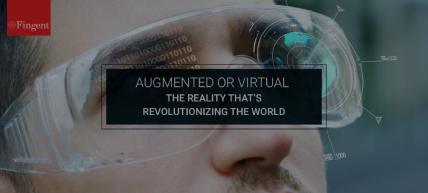
Augmented Reality Vs Virtual Reality – The Future Technology
A few years back, Augmented Reality (AR) and Virtual Reality (VR) sounded revolutionary, more like the utopian world of the Jetsons. But today, with miraculous capabilities of accomplishing seemingly impossible tasks, AR and VR are invading our lives.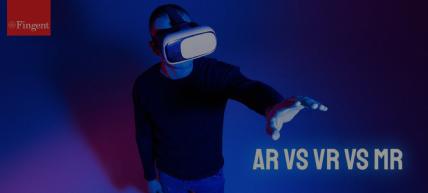
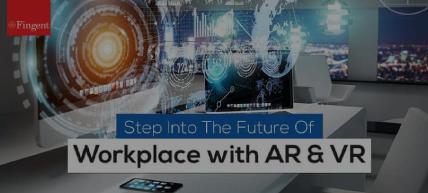



 US
US Insurance
Insurance









































